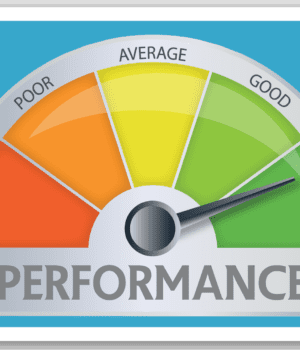
Is Your Charter School Bond a Social Bond?
School Improvement Partnership: Social Bond Questionnaire
Is the percentage of economically disadvantaged students enrolled in your charter school above 60%? Is the academic growth of those students higher than that of such students enrolled in the host district? Does your charter school have a BIPOC (Black, Indigenous and People of Color) Principal or CEO? If you answered “yes” to any of these questions, your charter school may qualify for Social Bond status – and a lower interest rate for its expansion project.
Recently, investors have become increasingly concerned with doing well – while doing good. Social Bonds have increased seven-fold in 2020 to $147.7 billion. This provides an opportunity for a charter school with plans of owning its campus, or making an expansion, to appeal to a broader range of investors for their bond financing. However, this can only occur if there is a transparent accountability system for determining whether a tax-exempt municipal bond for a charter school or CMO is a Social Bond. School Improvement Partnership has created a Social Bond Framework which applies the Sustainable Development Goals of the United Nations as endorsed by the International Capital Markets Association to charter school bonds. A Second Party Opinion from School Improvement Partnership signals to social impact investors that your charter school bond conforms to the UN sustainable development goals and meets the standard of a social impact bond.
So, which Sustainable Development Goals are applicable to charter schools, and how are they measured? Sustainable Development Goal (SDG) 4 aims to ensure inclusive and equitable quality education for all. The persistent disparity in educational opportunity and academic outcomes among students of different economic backgrounds is only growing. A charter school taking active steps to close that achievement gap for economically disadvantaged students may well meet this SDG, and yet additional metrics need also be considered. Is the suspension rate of the charter school lower than that of the host district as measured by race and special education status? Is culturally responsive instruction in place? If so, what percentage of teachers have been through the needed professional development training in culturally responsive instruction? These are among the data points reviewed by School Improvement Partnership before issuing its Second Party Opinion for a Social bond.
Charter schools qualifying as Social Bonds also further SDG 8 which broadly aims to promote decent work for all. One way this can be achieved is through the inclusion of career and technical education (CTE) programs. CTE prepares students for the job market and creates more possibilities for them in the future. For example, Shaun Dougherty and colleagues found that students with disabilities who participated in a regional CTE program in high school were approximately 70% more likely to graduate in four years than peers with similar disabilities enrolled in traditional high schools. Therefore, whether students have the opportunity to take classes on job sites, and the percentage of students that receive vocational certification are among the data points to be measured.
A final SDG (SDG 10) that charter schools seeking Social Bond status must strive to advance is to reduce inequalities within countries. Reducing inequality as it pertains to education entails improving school climate, for example by providing the support that historically marginalized subpopulations may need. Is there a social worker or psychologist at the school? If so, is that professional trained in trauma-informed care? These measures of social and emotional support establish that a charter school is working towards meeting SDG 10 in an effort to reduce historic educational inequalities.
Using these data points and others, School Improvement Partnership’s Database tracks the charter school to ensure the Social Bond status is maintained on an annual basis, assuring that the SDGs continue to be met. With transparency and accountability for charter school bonds qualifying as Social Bonds, price differentials – and interest rate savings – will develop as social impact investors join the charter school bond market. Click here if you want to find out if your school meets the Social Bond requirements.
About the Author:
Barclay is School Improvement Partnerships’ Social Bond Data Intern. In this role, Barclay is helping to develop a best-in-class methodology to determine whether loans or bonds for select American charter schools qualify as Social Bonds. Barclay recently earned her MSc in Comparative Criminal Justice from Leiden University in the Netherlands.



